good zone map
basil_davis
18 years ago
Related Stories
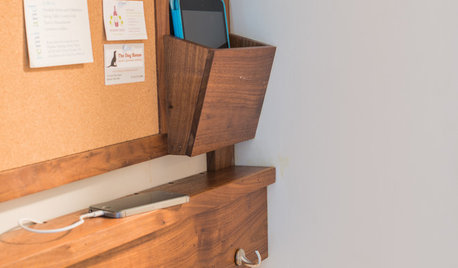
THE HARDWORKING HOMEA New Drop Zone Keeps the Clutter at Bay
The Hardworking Home: A clever wall-mounted station for keys, phones and more helps a family stay organized
Full Story
KITCHEN WORKBOOKNew Ways to Plan Your Kitchen’s Work Zones
The classic work triangle of range, fridge and sink is the best layout for kitchens, right? Not necessarily
Full Story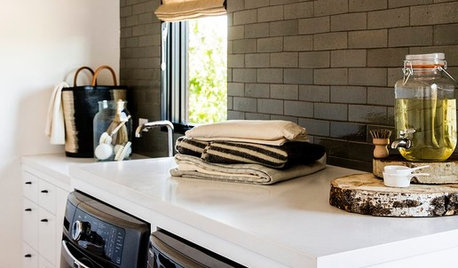
HOUSEKEEPINGClean Up Your Cleanup Zones
Make chore time more pleasant by tidying up your laundry room and updating cleaning tools
Full Story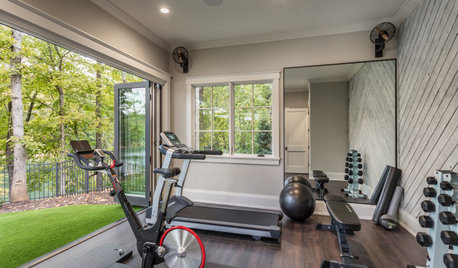
HOME GYMS10 Elements of an Inspiring Home Gym
Give yourself an incentive to exercise regularly by creating a workout zone that will get you moving at home
Full Story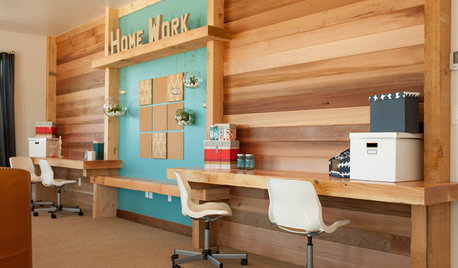
KIDS’ SPACES5 Ideas for a Great Home Learning Zone
Get your child off to a good start this school year with homework areas and strategies that reduce the frenzy
Full Story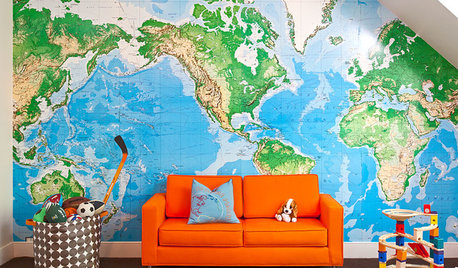
DECORATING GUIDESExpand Your Horizons With Map Wallpaper and Decals
Set sail for adventurous rooms with map wallpaper, decals and nautical charts
Full Story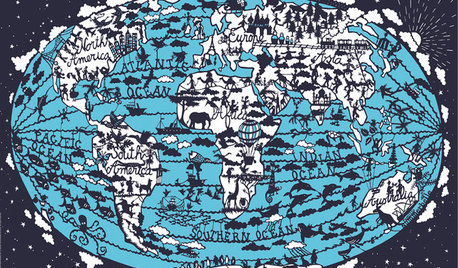
PRODUCT PICKSGuest Picks: Orient Your Room With Wall Maps
These decorative, artistic maps are as far from ordinary as Boise is from Burma
Full Story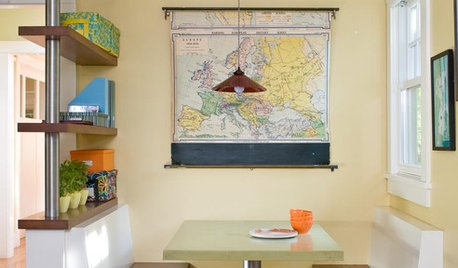
DECORATING GUIDESA World View: Decorating With Maps
Fill Your Empty Walls With Graphic Art and Geography
Full Story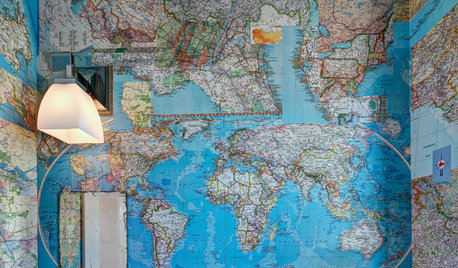
WALL TREATMENTSA Tiny Powder Room Gets a Map-tastic Look
Creative cartography adds cheer and personality to the walls of a compact half bath
Full Story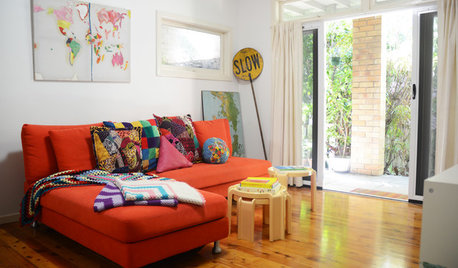
HOUZZ TOURSMy Houzz: An Artist Maps Out Her Own Haven of Happiness
A 1960s Australian vacation lodge is home to an artist-curator whose vintage collectibles fit beautifully in the seaside abode
Full Story





Msrpaul
K
Related Professionals
Elwood Landscape Architects & Landscape Designers · Owings Mills Landscape Architects & Landscape Designers · Severn Landscape Architects & Landscape Designers · Signal Hill Landscape Architects & Landscape Designers · Kaysville Landscape Contractors · Lebanon Landscape Contractors · Methuen Landscape Contractors · Northport Landscape Contractors · Pompton Lakes Landscape Contractors · Quincy Landscape Contractors · Riverview Landscape Contractors · San Bruno Landscape Contractors · Tewksbury Landscape Contractors · The Villages Landscape Contractors · Wallingford Landscape Contractorsmrsboomernc
dottie_in_charlotte
basil_davisOriginal Author
jeffahayes
basil_davisOriginal Author
basil_davisOriginal Author
alicia7b
basil_davisOriginal Author
dottie_in_charlotte
jeffahayes
dottie_in_charlotte
alicia7b
alicia7b
mrsboomernc
alicia7b
rivers1202
basil_davisOriginal Author
mrsboomernc
basil_davisOriginal Author
mrsboomernc
beachbarbie
hoyaheel
Msrpaul
jeffahayes
mrsboomernc
Msrpaul
jeffahayes
carky
louisam